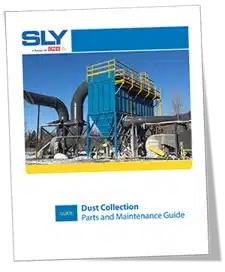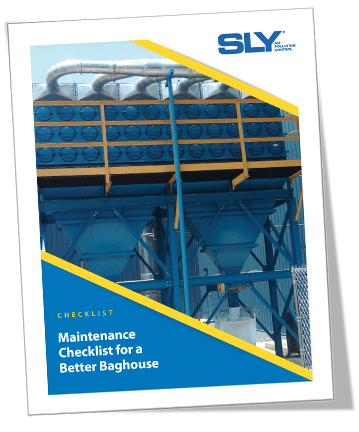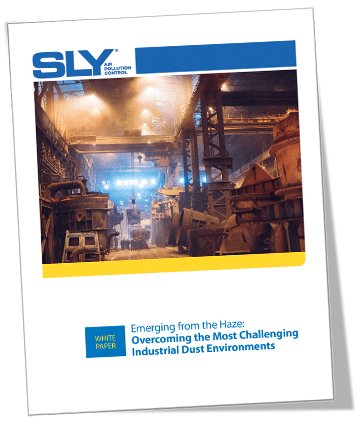The information provided on this website is intended as a guide for filter bag applications. SLY, LLC. makes no guarantee about the performance or results you can expect from the application of this information unless provided in writing from our staff.
P-84® (Felt) – Normal continuous operating temperature is 500°F. Common applications include: smelters, dryers, coal-fired boilers, incinerators, kilns, and calciners. P-84® is non-flammable and no hydroscopic. This felt offers extended bag life in low pH applications and helps reduce differential pressure across the baghouse. P-84® operates will in high temperature applications, against acid attacks and is resistant to flex abrasion (unlike Fiberglass). Alkaline should be avoided at high temperatures with using P-84.
Fiber Filter Properties (PDF)
Fiber Filter Chemical Compatibility Chart (PDF)
- Available Finishes for P-84®: Singed (SI); Glazed (GL); ST-01 (Oleophobic); ST-04 (Code 9); PTFE membrane (XP); ST-08 (double dip ST-01); ST-09 ; ST-10; Fire Retardant (FR); SlyHE (High efficiency). See detail information on finishes here.
- Available Weights for P-84®: 14 oz./yd2, 16 oz./yd2, 18 oz./yd2
P-84® Common Finishes:
PTFE Membrane (TX-XP) – For extreme application, the PTFE filter bag’s efficiency and cake release is further improved with the addition of a thin membrane of PTFE applied to the felt. A PTFE filter with a PTFE membrane gives maximum emissions protection.
Singed (SIPP) – The felt is singed on the dust cake side for improved cake release. The process involves exposing the surface fibers to an open flame that melts back the loose fiber ends to which dust particles could adhere.
Glazed (GLPP) – This process involves running the felt through two heated rollers to melt back the loose fiber ends improving the cake release. The process can also compress the felt to smooth the surface, further improving the cake release.
SlyTech-01 (ST-01) – Oleophobic -water and oil repellent finish. SlyTech-01 is a complete PTFE bath which provides an excellent cake release finish to each fiber. This finish is cheaper and more durable than a membrane that can be easily scratched.



 Once you have a dust collector, you need to perform regular inspections and maintenance on your equipment to keep it running properly. That means being proactive with your maintenance and changing out parts before they go bad. Only then can you ensure the safety of your workers and the success of your business.
Once you have a dust collector, you need to perform regular inspections and maintenance on your equipment to keep it running properly. That means being proactive with your maintenance and changing out parts before they go bad. Only then can you ensure the safety of your workers and the success of your business. For improved performance and reliability of your dust collection equipment, Sly recommends a schedule of routine inspections and the timely repair of damaged or malfunctioning equipment. This convenient checklist covers all styles of dust collectors and aspects of baghouse maintenance including pressure drop, emissions, exhaust, ductwork and more.
For improved performance and reliability of your dust collection equipment, Sly recommends a schedule of routine inspections and the timely repair of damaged or malfunctioning equipment. This convenient checklist covers all styles of dust collectors and aspects of baghouse maintenance including pressure drop, emissions, exhaust, ductwork and more. In this white paper, you'll learn why being flexible is the great solution for dust collection: The Importance of Dust Control, The Confluence of Kst and Pmax for Combustibility, Conducting a Dust Hazard Analysis, Case Study on a Customized Solution.
In this white paper, you'll learn why being flexible is the great solution for dust collection: The Importance of Dust Control, The Confluence of Kst and Pmax for Combustibility, Conducting a Dust Hazard Analysis, Case Study on a Customized Solution.